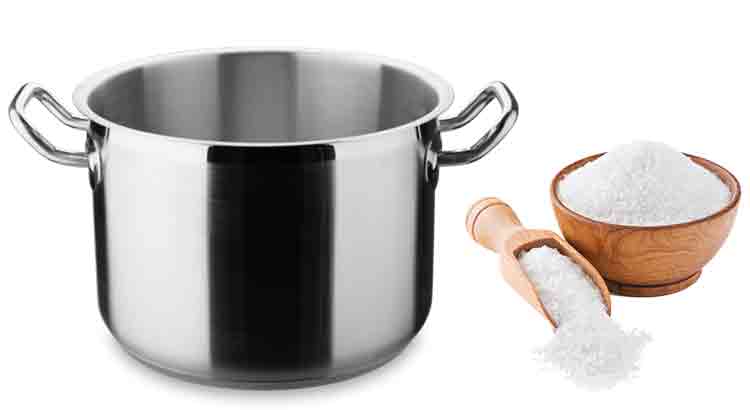Do you love that perfectly chewy and slightly crusty texture of a well-made bagel? If so, you may have come across the suggestion of adding baking soda to the water when boiling bagels. But what does baking soda do to bagels?
The primary purpose of adding baking soda is to increase the alkalinity of the water. This higher alkalinity alters the pH level and promotes browning during the baking process, resulting in a darker and more flavorful crust on the bagels.
But is this really necessary? Let’s explore whether you should add baking soda to the bagel water and what impact it can have on your favorite breakfast treat.
What Does Baking Soda Do in the Water?
Firstly, let’s understand why boiling bagels is important in the first place. Boiling is a crucial
step in bagel making as it helps achieve that unique texture. Bagels are first formed and then briefly boiled before baking. This process, known as “kettle boiling,” sets the outer layer of the bagel, giving it its signature chewiness. However, the addition of baking soda to the boiling water is a subject of debate among bagel enthusiasts.
Adding baking soda to the bagel water can alter the pH level, making it more alkaline. This alkaline environment affects the Maillard reaction, a chemical process that occurs during baking and creates the golden brown crust. The alkalinity promotes browning, resulting in a darker and more flavorful crust on the bagels. So, if you prefer a richer crust with a slightly different taste, adding baking soda could be worth a try.
On the other hand, not everyone enjoys the impact baking soda has on bagels. Some argue that it can impart a soapy or metallic taste if too much is used or if the bagels are left in the water for too long. It’s essential to strike the right balance to avoid these unwanted flavors. Additionally, the alkalinity of baking soda can also affect the texture of the bagels, making them softer and less chewy. If you prefer a denser, more traditional bagel texture, skipping the baking soda might be the way to go.
Tips for Using Baking Soda When Making Bagels
If you’ve decided to give the baking soda method a try, here are a few tips to ensure you achieve the best results. First, be mindful of the amount of baking soda you use. A teaspoon or two for every four to six cups of water is typically sufficient. Adding too much baking soda can result in an overpowering taste and affect the texture of the bagels negatively.
Timing is another crucial factor. Keep an eye on the bagels while they boil, as the duration can impact the outcome. Boiling them for too long may lead to a softer and fluffier texture, while a shorter boiling time can result in a denser and chewier bagel. Generally, boiling for one to two minutes per side should be sufficient, but you can adjust the time based on your desired texture.
To maximize the effect of the baking soda, you can also experiment with other additions to the bagel water. Some people like to add honey, barley malt syrup, or even sugar to enhance the flavor and crust of the bagels. These sweet additions can complement the alkalinity of the baking soda and create a unique taste profile.
It’s worth noting that the addition of baking soda to the bagel water is more commonly associated with certain styles of bagels, such as New York-style bagels. Other regional variations may have their own traditional methods that don’t involve baking soda. So, if you’re aiming for a specific style, it’s a good idea to research the traditional techniques used in that region.
Final Thoughts
In the end, whether or not you add baking soda to the bagel water boils down to your personal taste preferences. It’s an optional step that can enhance the flavor and crust of your bagels, but it’s not necessary for a delicious outcome. The decision is yours to make based on the texture and taste you desire.
If you decide to try adding baking soda, remember to use it in moderation and keep an eye on the boiling time. Too much baking soda can result in unwanted flavors and affect the bagel’s texture. Finding the right balance is key to achieving the desired outcome.
However, if you prefer a more traditional bagel with a lighter crust and a chewier texture, sticking to the conventional boiling method without baking soda is perfectly fine. Remember, making bagels at home is all about experimenting and finding what satisfies your taste buds. So, go ahead and embark on your bagel-baking journey, whether you choose to add baking soda or not, and enjoy the delightful results!

